Pet ownership continues to get more and more expensive!
According to an American Veterinary Medical Association (AVMA) 2023 review, 38.4% of households in the United States own a dog, and 25.4% of households own a cat. That translates to 65.1 million households with dogs, and 46.5 million with cats, and our animals require veterinary care. Many animal owners are experiencing sticker shock at the vet’s office – and even difficulty accessing a vet as well. Here are the reasons why.
Why Can’t I Get A Vet Appointment?
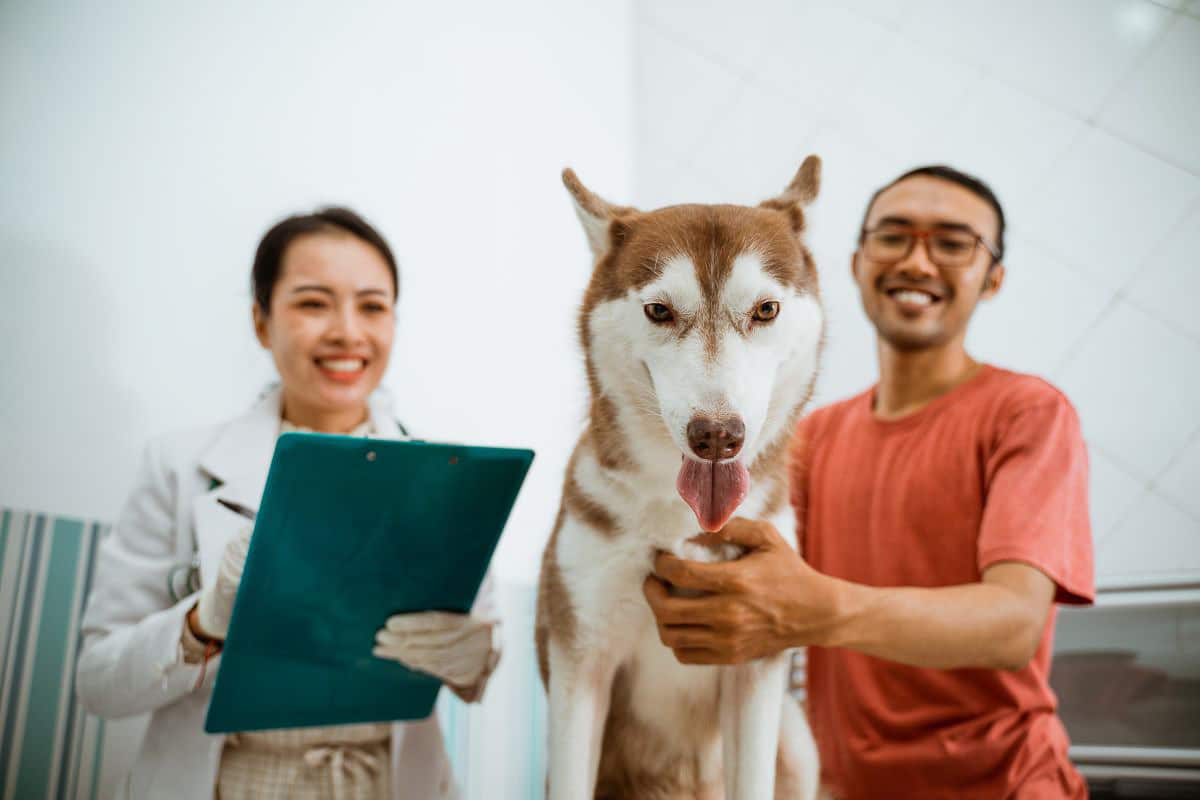
Pet care appointments increased 6.5% in 2021, which is the last data we have for this. US pet healthcare spending is predicted to increase 33% by 2030. That’s going to lead to increased demand for veterinary services, which are already taxed.
In 2019 there were 116,000 practicing veterinarians in the US, almost two-thirds of them in companion animal practice (dogs, cats, birds, small animals). If pet ownership continues its current rate of growth, the US will need close to 41,000 more veterinarians by 2030. The veterinary shortage is real.
Pets Are Considered Family

Many pet owners are willing to pay more for their pets’ health and well-being, as they consider them as part of their family. This means that they demand higher quality and more advanced care for their dogs and cats. As with any industry, costs respond to demand.
New Technologies & Equipment
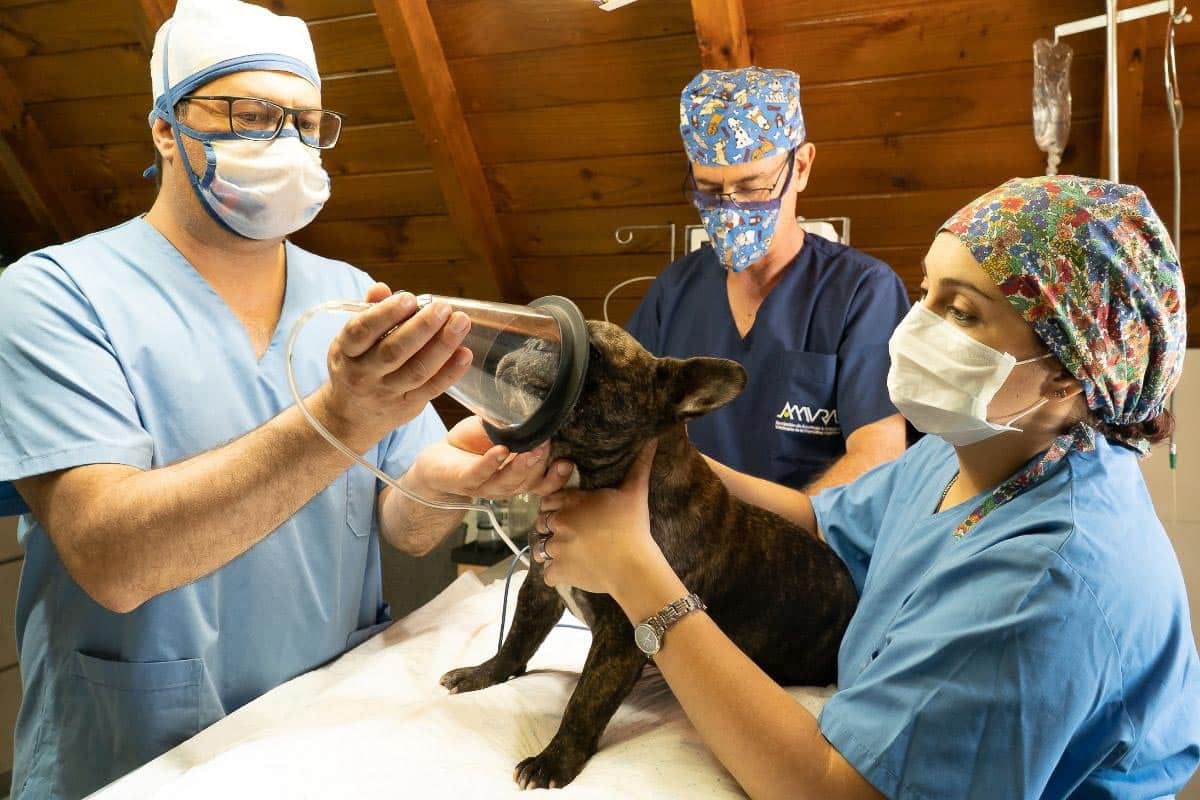
Veterinary medicine has improved significantly over the years, with new diagnostic tools, surgical procedures, and treatments available for pets. These innovations often come with a high price tag, as they require specialized training, maintenance, and supplies.
Drug & Pharmaceutical Prices

The cost of drugs and medications for pets has also increased, as they are subject to the same market forces and regulations as human drugs. Some drugs are also in short supply or have limited availability, which drives up the prices.
Staffing & Overhead Costs

Running a veterinary clinic or hospital requires a lot of staff, including veterinarians, technicians, assistants, receptionists, and managers. These staff members need to be paid a living wage, as well as receive benefits such as health insurance and continuing education. In addition, there are other expenses such as rent, utilities, insurance, taxes, and equipment that need to be covered.
Specialized Care & Referrals

Some pets may need more specialized care than what a general practitioner can provide, such as cardiology, oncology, neurology, or dentistry. These services often require referrals to specialists or referral centers, who charge higher fees for their expertise and facilities.
Emergency & After-Hours Care
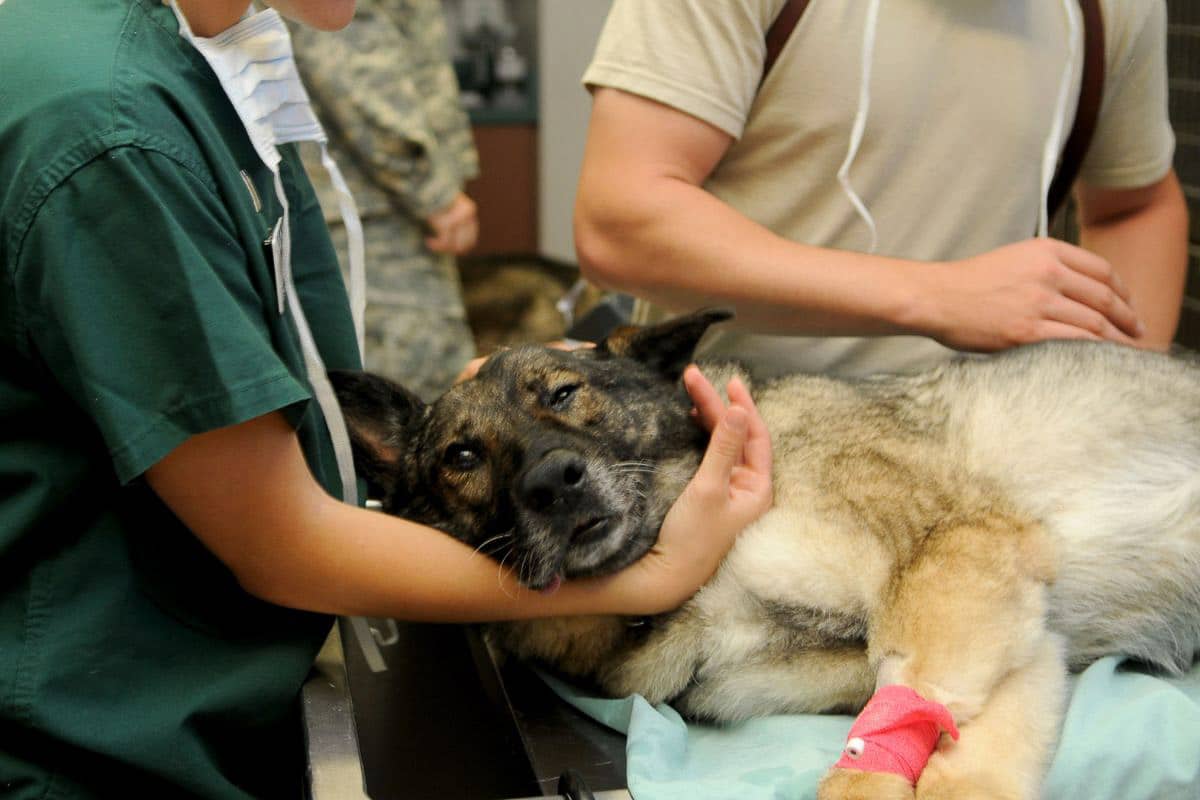
Pets can get sick or injured at any time of the day or night, and sometimes they need immediate attention. Emergency and after-hours care can be very expensive, as they involve higher staffing costs, higher risk of complications, and higher demand for resources.
Preventive Care & Wellness Plans
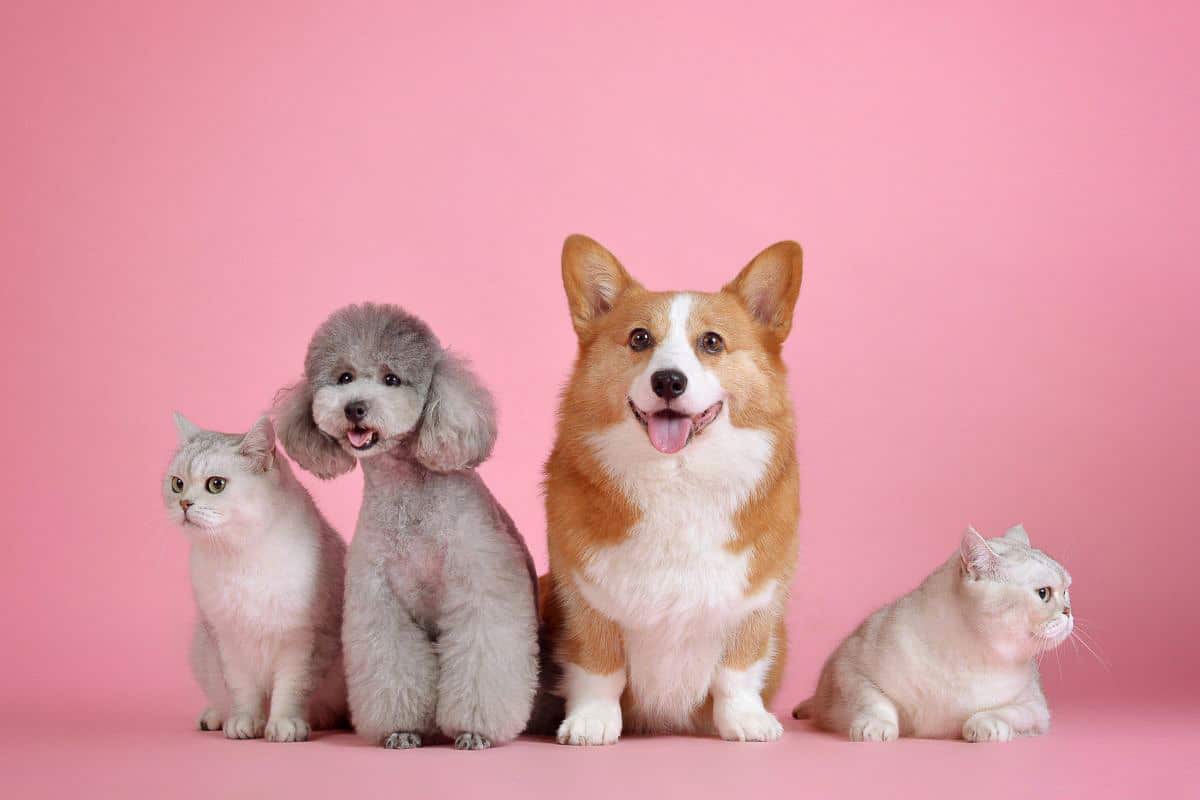
Many pet owners opt for preventive care and wellness plans for their pets, which include regular checkups, vaccinations, screenings, dental cleanings, and parasite prevention. These plans can help detect and prevent health problems early on, but they also add to the overall cost of veterinary care.
Pet Insurance & Payment Plans

Some pet owners choose to purchase pet insurance or enroll in payment plans to help cover the cost of veterinary care. Pet insurance can reimburse some or all of the expenses incurred by the pet owner, depending on the policy and the claim. Payment plans can allow the pet owner to pay in installments over time, instead of paying upfront. However, these options also have their own costs, such as premiums, deductibles, co-pays, interest rates, and fees.
Geographic Location & Demand

The cost of veterinary care can vary depending on where the pet owner lives and how much demand there is for veterinary services in that area. Some areas may have higher costs of living, higher taxes, higher competition, or higher regulation than others, which can affect the prices charged by veterinarians.
Pet Owner Expectations & Preferences

Finally, the cost of veterinary care can depend on what the pet owner expects and prefers for their pet. Some pet owners may want more information, more options, more communication, or more involvement in their pet’s care than others. Some may also have different preferences for the type of care they want for their pet, such as holistic, alternative, or integrative medicine.
The Good News: More Vets Are Coming
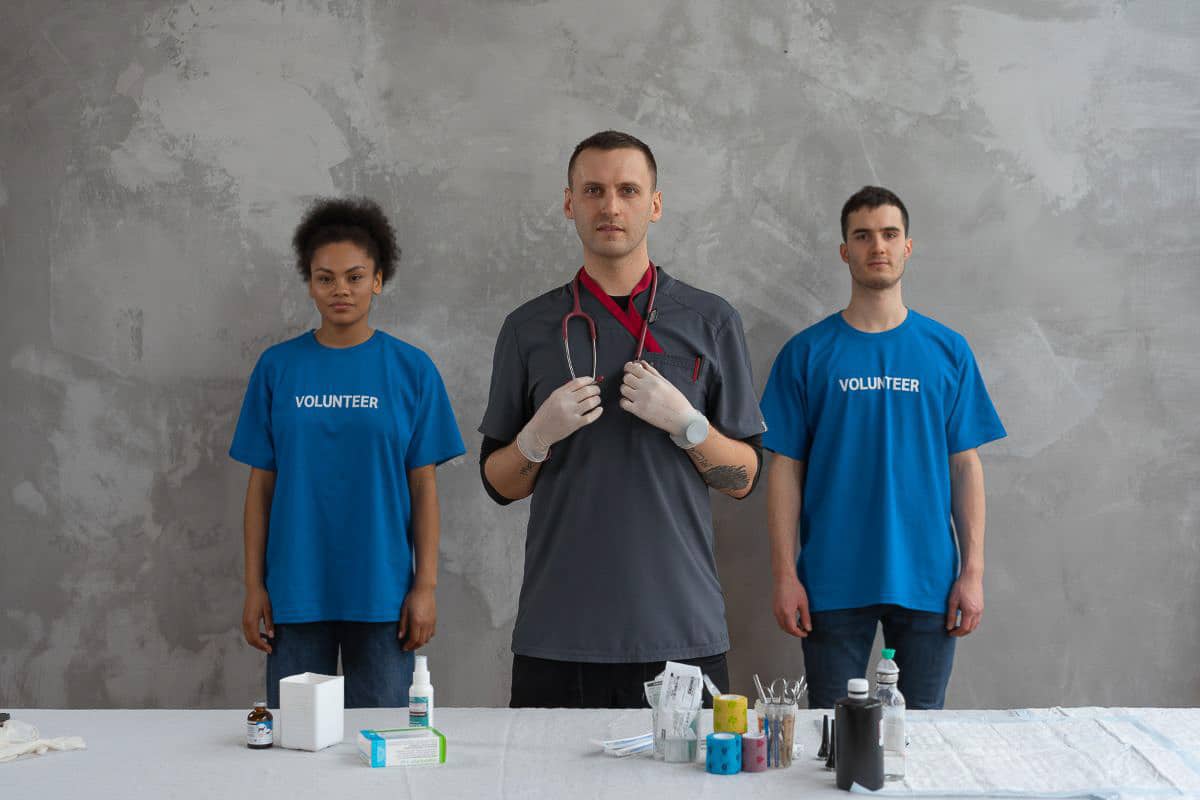
There are several initiatives being taken to address the veterinary shortage in the United States. The American Veterinary Medical Association (AVMA) is working with various organizations and stakeholders to increase the number of veterinarians and veterinary technicians in the workforce. Some of these initiatives include:
Expanding Veterinary Education

The AVMA is advocating for more funding and resources for veterinary schools, as well as more opportunities for students to pursue veterinary careers. This includes increasing the number of seats in veterinary programs, offering more scholarships and grants, and promoting diversity and inclusion in the profession.
Supporting Loan Repayment Programs

The AVMA is also supporting loan repayment programs that help veterinarians pay off their student debt in exchange for working in underserved areas or with underserved populations. These programs can help attract and retain veterinarians in areas where they are needed most.
Promoting Telemedicine & Other Technologies

The AVMA is exploring new ways to deliver veterinary care, such as telemedicine, remote monitoring, and other digital tools. These technologies can help expand access to care, reduce costs, and improve outcomes for pets and their owners.
Advocating for Policy Changes

The AVMA is also advocating for policy changes that can help address the veterinary shortage, such as expanding access to veterinary services in rural areas, increasing funding for research on animal health and welfare, and improving the regulatory environment for veterinary medicine.
In addition to these initiatives, there are also other organizations and programs that are working to address the veterinary shortage in the US. For example, the National Institute of Food and Agriculture (NIFA) offers a Veterinary Medicine Loan Repayment Program (VMLRP) that provides loan repayment assistance to veterinarians who commit to serving in designated shortage areas. The USDA also designates veterinary shortage areas where qualified professionals can offset student debt by working in one of these regions through the USDA Veterinary Medicine Loan Repayment Program (VMLRP).
Finally, some states have their own loan repayment programs or incentives for veterinarians who work in underserved areas or with underserved populations.
Pawsitive Impact: Can Pets Boost Your Health and Happiness?

Love hanging out with puppies and kittens? According to the CDC there are myriad reasons why having pets improves our lives.
Thinking about adding a pet to your household? Already have a pet and wondering why they bring so much joy to our lives? Let’s look at the research.
Read Pawsitive Impact: Can Pets Boost Your Health and Happiness?
Save Your Dog’s Life by Avoiding These 12 Foods

Our dogs bring so much to our lives, and we spend time every day walking them, feeding them, and generally addressing their well-being. But did you know that some commonly found foods – that might in your kitchen or somewhere your dog can reach, right now – could be deadly for your pooch? Here are 12 foods you should never feed or allow your dog to accidentally ingest.
To be prepared, keep the contact details of your local veterinarian, the nearest emergency clinic, and the ASPCA Animal Poison Control Center (888-426-4435) at hand.
Read: Save Your Dog’s Life by Avoiding These 12 Foods
The Pandemic Left These Animals Homeless – But Malls Have a Solution

Animal shelters are finding new homes for their furry friends in a place you might not expect – malls. As part of an effort to alleviate the burden of increased animal intakes during quarantine, malls across the US are offering empty storefronts to animal rescue groups for free or at a steep discount. The collaborations between malls and animal havens are gaining popularity and have been widely successful in finding homes for pets.
Read: The Pandemic Left These Animals Homeless – But Malls Have a Solution







